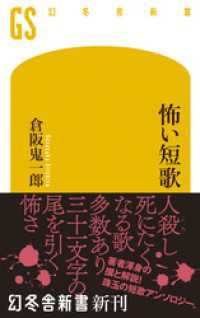Full Description
This study provides an innovative approach by targeting a genre (the short story) which has not been explored in its entirety— certainly not within nineteenth century Ireland - much less using a postcolonial approach to the short story.








